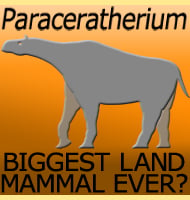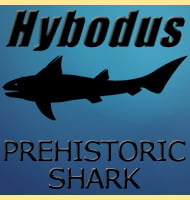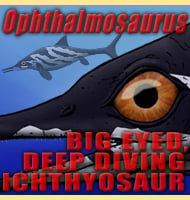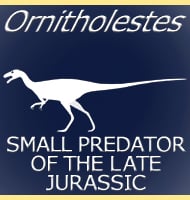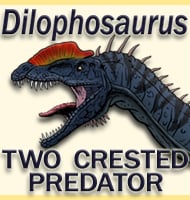In Depth
Lophorhothon was first discovered in the US state of Alabama in the Mooreville Chalk Formation. During the Cretaceous, this area was known as a region of Appalachia (the eastern landmass of North America at the time separated from Laramidia in the West), and what is significant about this is that when Lophorhothon was described it was thought to be a hadrosaurid dinosaur, and was the first such dinosaur of its kind to be discovered in Appalachia. Since this time other researchers have preferred to class it as an iguanodont, and occasionally a hadrosauroid (close to but not quite a hadrosaurid). In 2016 a new genus from the same Mooreville Chalk Formation as the holotype individual of Lophorhothon was named as Eotrachodon, and this is identified as a full hadrosaurid dinosaur. Regardless of whether Lophorhothon becomes known as a full hadrosaurid again or not, we at least now are certain that hadrosaurid dinosaurs, and not just closely related forms, were at least present in Appalachia.
Further Reading
- The vertebrate fauna of the Selma Formation of Alabama, part VI: the dinosaurs. - Fieldiana: Geology Memoirs 3(5): 315-359. - W. Langston - 1960. - Lophorothon, an iguanodontian, not a hadrosaur. - Journal of Vertebrate Paleontology, 18 (3 Abstracts): 59A. - J. P. Lamb - 1998. – Redescription of Lophorhothon atopus (Ornithopoda: Dinosauria) from the Late Cretaceous of Alabama based on new material. – Canadian Journal of Earth Sciences.- Terry Gates & James Lamb – 2021.




